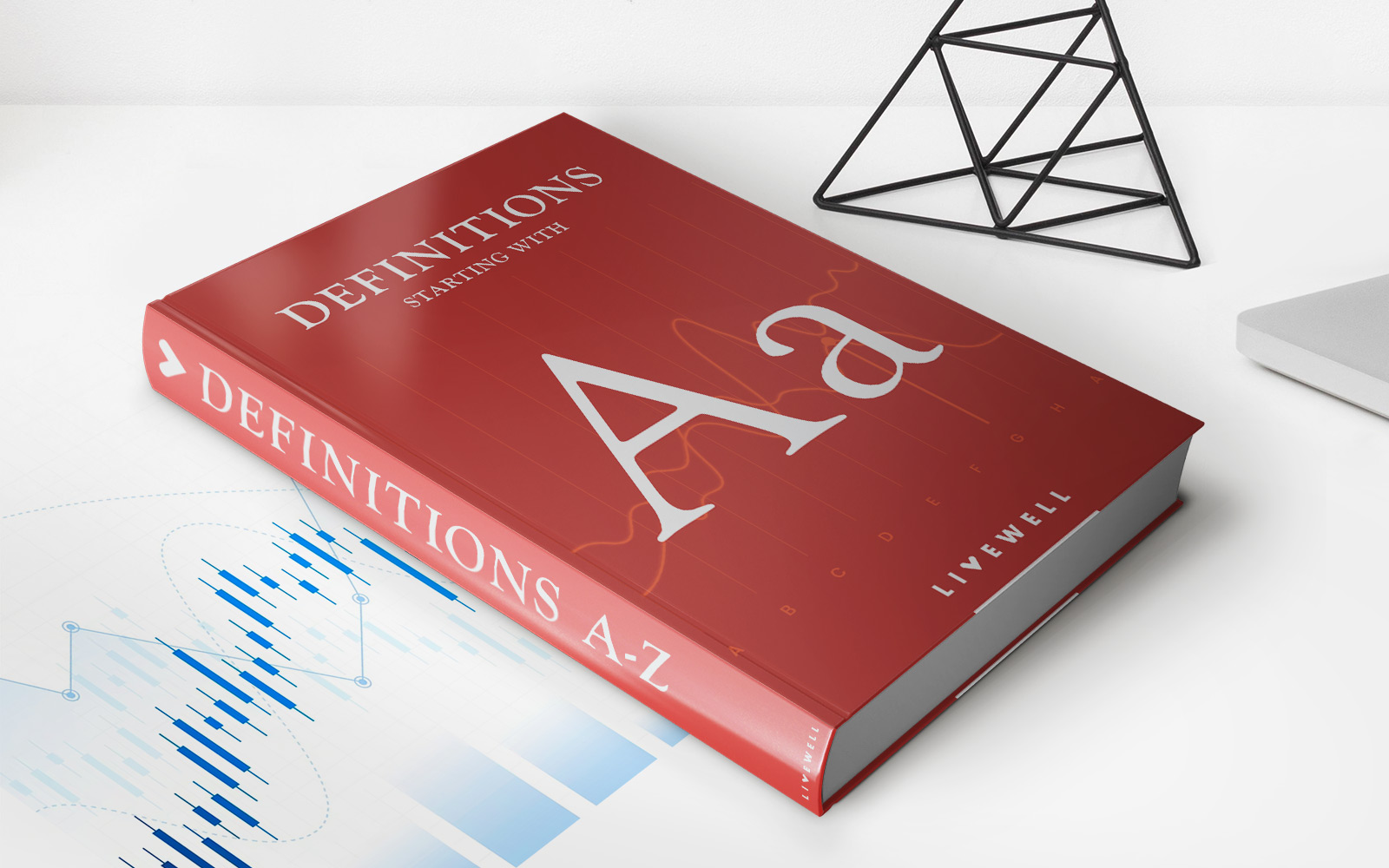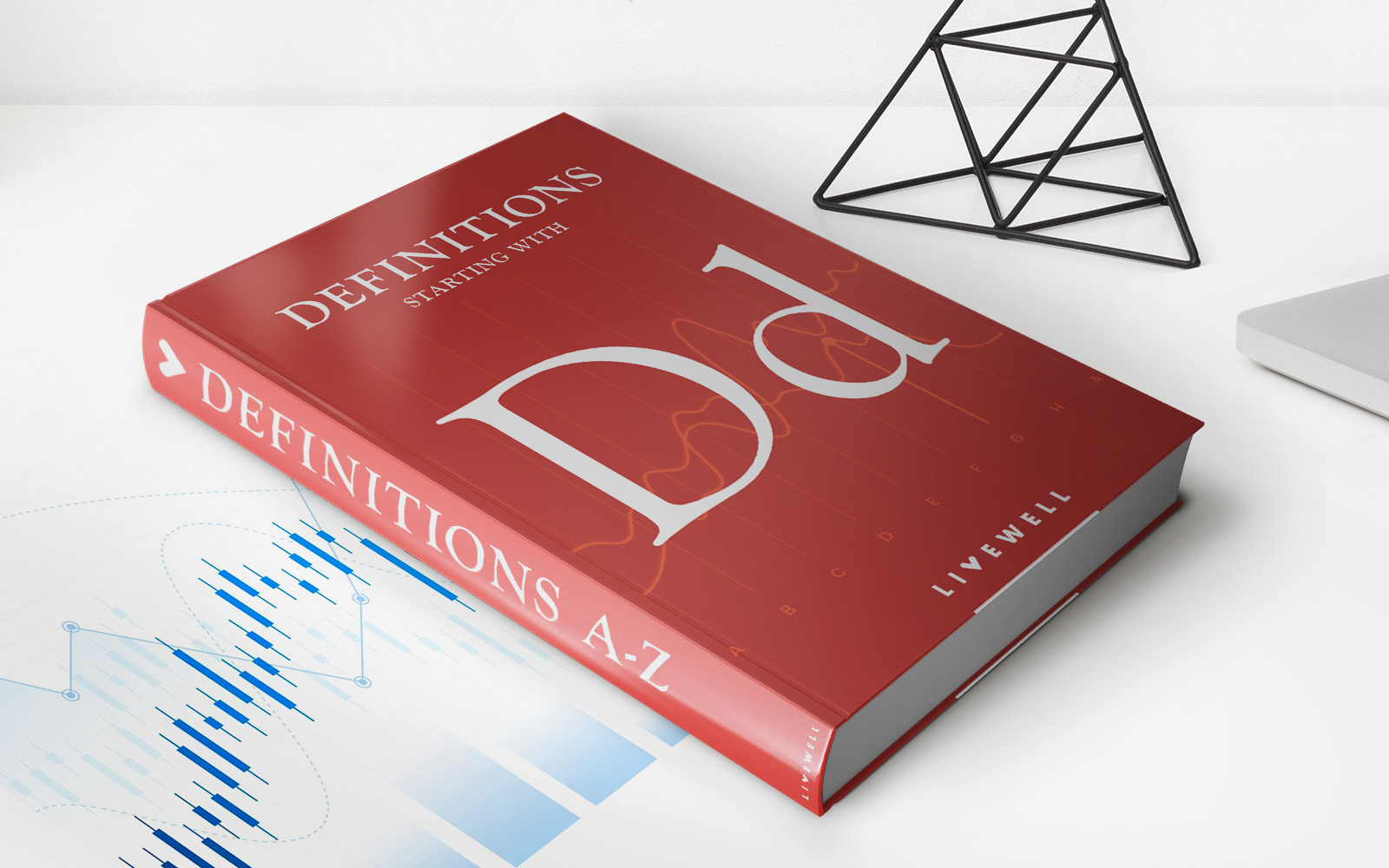

Finance
When To Use Installment Credit
Published: February 21, 2024
Learn when to use installment credit and how it can benefit your personal finances. Understand the advantages and disadvantages of installment credit. Find out more about installment credit and its impact on your financial situation.
(Many of the links in this article redirect to a specific reviewed product. Your purchase of these products through affiliate links helps to generate commission for LiveWell, at no extra cost. Learn more)
Table of Contents
Introduction
When it comes to managing personal or business finances, understanding the various types of credit available is essential. One such type is installment credit, a common and versatile financial tool that can be used for a wide range of purposes. In this article, we will delve into the intricacies of installment credit, exploring its benefits, potential drawbacks, and the situations in which it is most suitable.
Installment credit is a form of borrowing that involves receiving a lump sum of money from a lender, which is then repaid over time through a series of fixed, scheduled payments. These payments typically include both the principal amount borrowed and interest, allowing borrowers to budget effectively and plan for the future.
Understanding when to utilize installment credit and when to explore alternative options is crucial for making informed financial decisions. By the end of this article, you will have a comprehensive understanding of the scenarios in which installment credit can be a valuable asset, as well as the situations in which it may not be the most optimal choice.
Understanding Installment Credit
Installment credit is a structured loan that provides borrowers with a specific amount of money, which is then repaid over a predetermined period in fixed installments. These installments are typically made on a monthly basis and consist of both principal and interest, with the total amount being calculated to ensure full repayment by the end of the loan term.
Unlike revolving credit, such as credit cards or lines of credit, where the available credit replenishes as payments are made, installment credit involves a one-time extension of funds. This means that once the borrowed amount is repaid in full, the credit line is closed, and a new application is required for additional funds.
Installment credit is commonly used for large purchases, such as homes, vehicles, or major home improvements, due to its structured nature and ability to provide borrowers with a clear repayment timeline. Additionally, the interest rates for installment credit are often fixed, offering stability and predictability in comparison to variable-rate loans.
Furthermore, installment credit can help individuals and businesses build credit history and demonstrate their ability to manage debt responsibly. Timely payments on installment loans can positively impact credit scores, potentially leading to better terms on future loans and financial products.
Understanding the mechanics of installment credit, including the terms, interest rates, and repayment schedule, is essential for anyone considering this type of borrowing. By comprehending the nuances of installment credit, individuals and businesses can make informed decisions that align with their financial goals and circumstances.
When Is Installment Credit a Good Option?
Installment credit can be a favorable choice in various scenarios, offering distinct advantages that cater to specific financial needs. Here are some situations where utilizing installment credit is a prudent option:
- Major Purchases: When making substantial investments, such as buying a home, purchasing a vehicle, or funding a significant business expansion, installment credit provides the necessary funds while allowing for manageable repayment over time. This can alleviate the immediate financial burden and enable individuals and businesses to acquire valuable assets that contribute to long-term financial stability.
- Debt Consolidation: For individuals with multiple high-interest debts, consolidating these obligations into a single installment credit loan can streamline repayment and potentially reduce overall interest costs. This approach simplifies financial management and may lead to lower monthly payments, making it easier to stay on top of debt.
- Building Credit: Establishing a positive credit history is crucial for accessing favorable loan terms and financial opportunities in the future. Installment credit offers a structured means to demonstrate responsible borrowing behavior, as consistent, on-time payments can enhance credit scores and pave the way for improved financial prospects.
- Fixed-Rate Financing: When seeking financing with predictable, unchanging payments, installment credit with fixed interest rates provides stability and certainty. This is particularly advantageous when budgeting for long-term expenses, as borrowers can accurately forecast their financial commitments without being susceptible to fluctuating interest rates.
By recognizing these scenarios, individuals and businesses can leverage installment credit to achieve their financial objectives while managing their cash flow effectively. It is important to assess the terms and conditions of installment credit offers to ensure they align with specific needs and financial capabilities.
When Is Installment Credit Not the Best Choice?
While installment credit offers numerous advantages, there are circumstances in which alternative financing options may be more suitable. Understanding when installment credit may not be the optimal choice is essential for making informed borrowing decisions. Here are some scenarios where other forms of credit may be preferable:
- Short-Term Funding Needs: When facing immediate, short-term financial requirements, such as covering unexpected expenses or managing temporary cash flow gaps, installment credit’s structured repayment schedule may not align with the urgency of the situation. In these cases, a revolving line of credit or a personal loan with a shorter repayment term might offer more flexibility and faster access to funds.
- Variable Financial Needs: For ongoing or unpredictable expenses that fluctuate over time, such as business operating costs or variable home improvement projects, a revolving line of credit may provide more adaptable financing. Unlike installment credit, a revolving line allows borrowers to access funds as needed, making it suitable for fluctuating financial demands.
- High-Interest Debt Repayment: When addressing high-interest debt that requires immediate attention, such as credit card balances, exploring balance transfer options or negotiating repayment plans may be more effective in reducing interest costs and accelerating debt payoff. Installment credit may not offer the same level of immediate interest relief for high-cost debts.
- Unpredictable Income Streams: Individuals or businesses with irregular or unpredictable income streams may find it challenging to commit to fixed installment payments. In such cases, flexible payment arrangements or income-based repayment plans, which are not typically associated with traditional installment credit, may better accommodate fluctuating financial circumstances.
By recognizing these scenarios, individuals and businesses can make informed decisions regarding the most suitable financing options for their specific needs. Evaluating the urgency, flexibility, and long-term financial implications of borrowing can guide the selection of the most appropriate credit solution.
Conclusion
Installment credit serves as a valuable financial tool for individuals and businesses seeking structured, predictable borrowing options. By understanding the nuances of installment credit, including its benefits and potential limitations, borrowers can make informed decisions that align with their unique financial circumstances and goals.
When utilized strategically, installment credit can facilitate major purchases, debt consolidation, credit building, and fixed-rate financing, offering stability and long-term financial benefits. However, it’s important to recognize that installment credit may not always be the most suitable choice, particularly for short-term funding needs, variable financial requirements, high-interest debt repayment, and unpredictable income streams.
Ultimately, the decision to utilize installment credit should be guided by a thorough assessment of current financial needs, future objectives, and the terms and conditions of available credit offers. By carefully evaluating the alignment between borrowing options and specific circumstances, individuals and businesses can leverage installment credit effectively while exploring alternative solutions when necessary.
As with any financial decision, seeking guidance from reputable financial advisors and conducting comprehensive research can provide valuable insights and support prudent borrowing practices. By leveraging installment credit judiciously and understanding its place within the broader spectrum of financial tools, borrowers can navigate their financial journeys with confidence and clarity.














